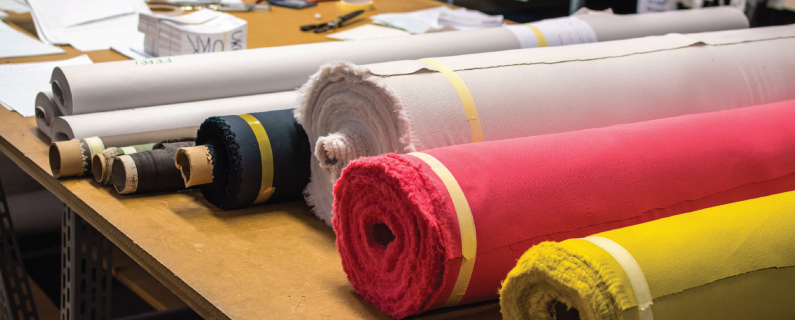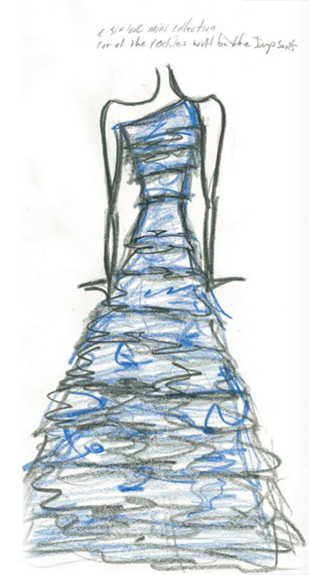
Web designers should pay attention to Project Runway
No matter what else I have going on, I always make time for Project Runway. I know it is a silly piece of pop culture and I love it. Maybe it is because I can’t sew (I actually used duct tape on a hem once). Maybe I am fascinated by the ability to create something from nothing. I admire the creative process, the advice from the mentors and even some of the final designs. And, if you can look past some of the silly drama, there are a few really good lessons for web designers along the runway.
Start with a plan
It’s easy to spot the designers who are going to be on the bottom at the end of the episode. They are the ones without much on their sketch pad. They arrive at the fabric store without a plan. Precious time is wasted as they wander the aisles hoping a fabric will ” speak to them”. They usually end up wasting money buying too many fabrics just in case and forgetting to grab the little extras which pull the look together.
Back in the workroom as other designers are attacking their projects, the ones without a sketch typically construct several variations before settling on the final design. This wasted effort prevents them from focusing on creating a spectacular finished project because they run out of time.
The lesson for web designers is clear. In order to get results your client will love, spend more time focused on planning the design instead of chasing missing information or reworking the site several times.

Really listen to feedback
Every week Tim Gunn, a former member of the faculty at the Parsons School of design, meets with each designer to review their concept. With a career which spans more than 30 years in the fashion industry, Tim knows what he is talking about. While he usually tries to find something positive to say, he is pretty direct when he thinks something is really off track.
I am always amazed when a designer is interviewed after the critique and indicates they aren’t going to incorporate any of Tim’s suggestions. Sure every designer thinks they are an artist and wants to express their vision, but this is a competition and the goal is to win. Beyond the show, they hope to sell their designs. None of that will happen if they get eliminated at the end of the weekly challenge.
Too often I run into a web design where it was clear the designer had something in mind for the client which wasn’t necessarily what the client wanted. Feedback was ignored because it didn’t match their vision of what was best for the client. These projects never end well. Sometimes the client stops the project part way through or insists on a redesign just as you think you are ready for launch. Or maybe they finish the site and then redesign it with another company all the while speaking poorly of your firm.
All of this can be avoided if you just listen to what the client really wants.
Edit
Reigning in creative ideas can be a challenge.Without a critical eye the effect can be overwhelming. One of Project Runways most popular designers, Mondo Guerra lost because he couldn’t edit his collection. He had so many ideas and put all of them into each and every piece of the collection. Individually each element was interesting and pretty, but the collection just had too much going on.
Honestly, I didn’t know whether to look at the hats or the scarves or the print tops as the whole collection went down the runway. The overall effect was that it made my head hurt.
This is exactly how I feel when I land on a busy home page, there’s video, lots of calls to action, sliders and number counters. Design tip: Not every page needs a cool plug in. And just making the home page longer doesn’t solve the issue. The content is still there, distracting visitors from what you really want them to do when they visit your website.
In fashion and in web design, sometimes less is more.

I don’t expect a Project Web Design to make it to network television anytime soon. But I do think there are lots of lessons from the runway I want to bring back to my web design projects.

